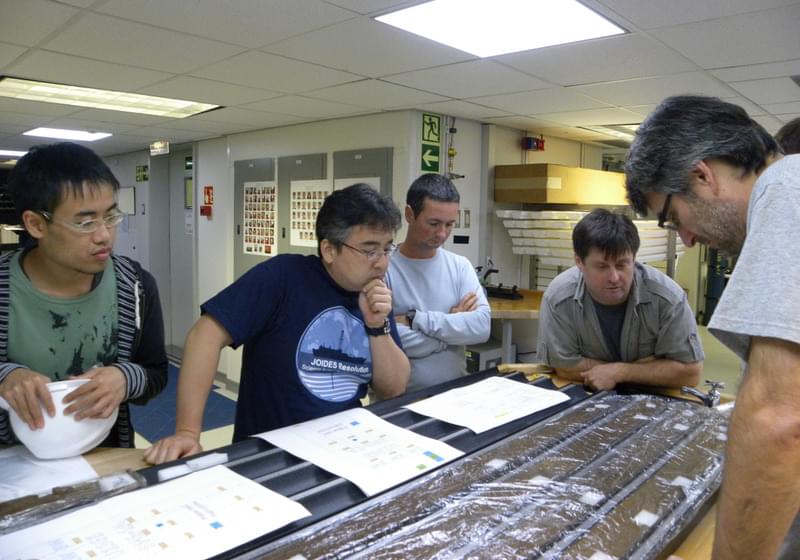A hormone already present in the human body could be used to stop Alzheimer’s disease in its tracks, scientists have announced.
Researchers discovered that a small part of an appetite-suppressing hormone called leptin, which is present in everyone, can have dramatic effects on the brain, including stopping the development of Alzheimer’s disease in its earliest stages.
Their tests have shown that leptin can reduce the effects of two toxic proteins in the brain called amyloid and tau, which build up and lead to memory loss and development of Alzheimer’s disease.








